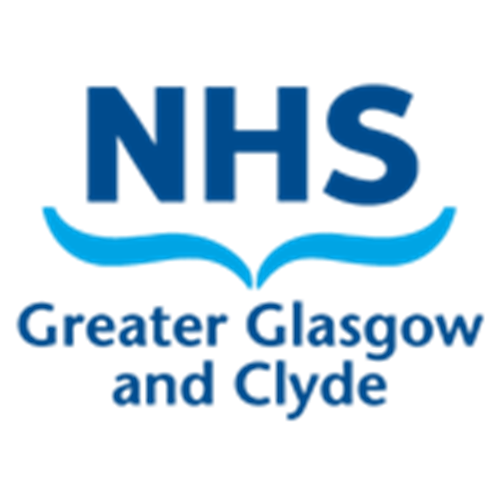A short acting opiate causing physical dependence, its effects on pregnancy outcome are mainly as a result of withdrawal; the smooth muscle spasm affects the umbilical cord, and uterine muscle leading to the potential for a small, early baby showing early signs of NAS.
Management
Antenatal and Intrapartum care- general:
Referrals as above.
Offer HCV test at booking, and offer repeat virology (HCV, HBV and HIV) at 28 weeks and 36 weeks if exposure to risk is continuing. (IV use, or high risk partner).
Assess VTE risk in light of history and current use.
Growth scans from 32 weeks at least every 4 weeks as per FGR guideline
Opiate substitute therapy (OST).
Opiate substitute therapy:
The aim in pregnancy is for stability, and opiate substitute therapy is the best option, given the short timescale.
a) Methadone
Antenatal:
Long half-life, and an excellent safety record in pregnancy. If patient already established, ideal is to remain on dose which promotes stability.
Dose can be increased or decreased in pregnancy, at any gestation; the best guide is how the mother is feeling. If unstable, increases of 5mg -10mg a week, as an outpatient, can be beneficial, discuss with community addiction team prescriber.
If patient is not on established prescription, offer admission to stabilise.
- obtain biochemical evidence of urinary opiates before prescribing ( bedside test or urine to biochemistry for DAS)
- starting dose of no more than 25mg, in single dose, with option of further 5 or 10mg after 6 hours
- second and third days’ doses will be calculated as total for previous day, plus option of another 5 or 10mg later that day if needed, ie reaching maximum of 45 mg on day 3.
By day 3, addiction input should always be available to advise further.
See flow chart guideline for details.
Considerations of methadone therapy:
Potentially cardiotoxic ( prolongation of QT interval) so caution with other medication such as antidepressants with similar effect.
Potential for risk of respiratory depression when used with other sedative drugs, or with alcohol.
Hepatic metabolism- dose may need to be reduced in hepatic impairment
CTG changes- may be associated with reduced reactivity on CTG, but this does not exclude other pathology.
Analgesia in labour- methadone is not an analgesic, so treat as normal, being aware that tolerance to opiates may be altered.
Postnatal:
NAS- babies may show signs of withdrawal, and will be scored in the postnatal ward daily for 5 days. Mothers will be welcome to stay in for this period, and for up to 12 days, if treatment for the baby is needed, and there is a realistic chance of both then going home together.
Breastfeeding- actively encouraged; methadone has high oral bioavailability, and is excreted in breast milk, but due to extensive protein binding, the dose available to the baby is small, and weaning will provide a natural dose reduction. Neither HBV or HCV are contraindications to breastfeeding, mothers living with HIV are advised to bottle feed, but will be supported if they chose to breast feed. (See HIV guideline).
Contraception- discuss antenatally, with LARC as ideal choice, and aim to have in place before postnatal discharge. If a second pregnancy occurs too quickly, the stability of the existing family can be made much more difficult.
b) Buprenorphine
Increasingly used by community addiction teams, with increasing evidence of safety in pregnancy. Can be prescribed as Subutex, or espranor (synthetic buprenorphine) and now also as Buvidal, a monthly depot injection.
It has a low risk of overdose as increasing dose does not produce more intense effect, and withdrawal is less severe in adults, and probably neonates also (although the incidence of NAS is similar, it may be less severe and less prolonged).
Antenatal:
It is a partial agonist, so starting therapy may be more problematic as a period of opiate abstinence (with clinical evidence of withdrawal) is required before starting, to prevent the rapid removal of opiate from its binding sites, and severe symptoms of withdrawal for the patient.
Otherwise, as for methadone, aiming for stability, with option of increase or decrease, usually by 2mg doses, in agreement with patient’s prescriber.
See flowchart guideline for details.
Intrapartum:
There is potential for difficult pain control if opiate analgesia is needed, during buprenorphine therapy.
In general, advice is to continue therapy as normal, with opiates prescribed as needed, but given the doses which may be needed, for example after caesarean section, and the unpredictable individual response, initial pain control may be best achieved in labour ward. In occasional cases, it may be necessary to stop buprenorphine to allow for good pain control. In these cases, the buprenorphine dose should be back to normal before discharge, which may mean additional time as an inpatient, and mums should be made aware of this antenatally.
Postnatal:
Breastfeeding- there is much less oral bioavailability of buprenorphine, so although present in breast milk, the dose available to the baby is less than with methadone, but breastfeeding will still have many positive benefits.
Contraception- as above
